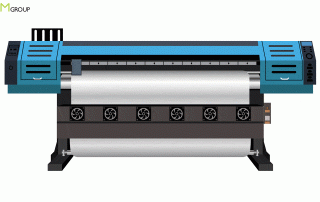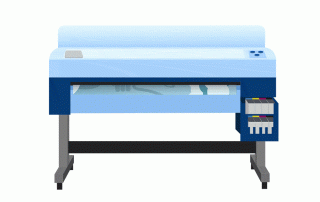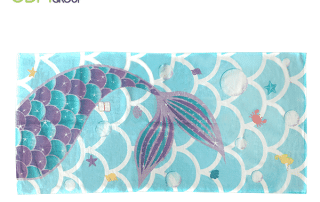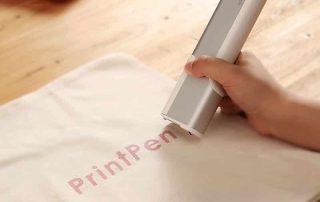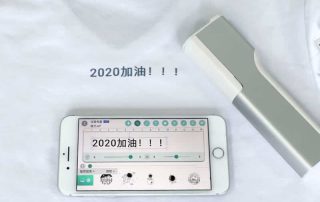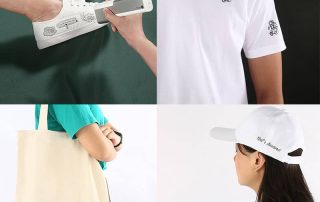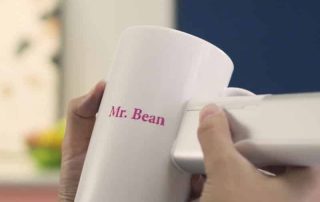In the intricate tapestry of the textile industry, colours aren’t just hues; they’re a language. They convey brand identity, evoke emotions, and define trends that shape our world. Behind the seamless harmony of colours in our clothing, home decor, and industrial fabrics lies a meticulous process known as lab dip.
In this blog, we’ll discuss the essence of lab dip, exploring its process, significance, and applications across diverse sectors of the textile industry. Join us as we uncover the secrets behind the harmonious symphony of colours that grace every fabric.
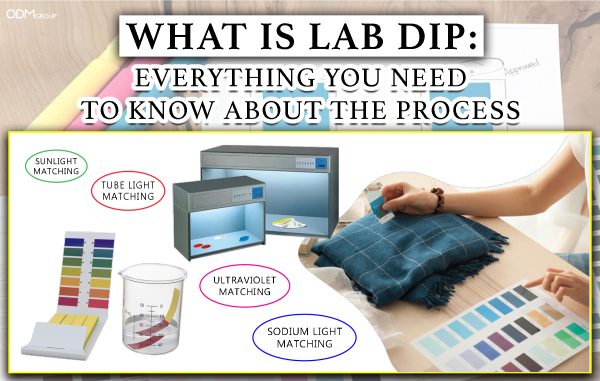
What is Lab Dip?
Lab dip, short for laboratory dip, is a pivotal stage in the dyeing and colour-matching process of fabrics. It serves as a bridge between a designer’s vision and the realisation of that vision in a tangible garment. Essentially, a lab dip is a small-scale sample of a chosen colour that textile manufacturers create during the pre-production phase.
These samples, typically in the form of fabric swatches, serve as a preview of the final colour that will be applied to the entire production run. The term “Lab Dip” itself refers to the laboratory process of creating these samples, involving meticulous colour matching and testing.
The primary purpose of lab dips transcends mere colour replication. It is about achieving accuracy and consistency in the colouration process.
The Lab Dip Process
The creation of lab dips is no ordinary task; it’s a meticulous dance of science and art, where precision is paramount, and each step holds the key to unlocking the perfect colour harmony. Let’s talk about the process.
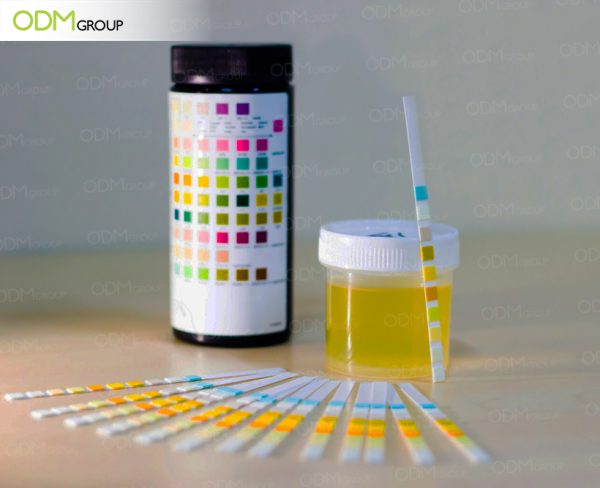
The process begins with the selection of colourants, where factors such as colourfastness, compatibility with the fabric, and environmental considerations come into play. This initial decision sets the stage for the entire process, laying the foundation for the vibrant spectrum that will emerge.
Once the colourants are chosen, the fabric swatch takes centre stage. In a controlled laboratory environment, the fabric undergoes the dyeing or printing process.
This step is a delicate balance of variables – the temperature, time, and concentration of colourants all play roles in shaping the final hue. The fabric absorbs the essence of the chosen colours, transforming into a canvas that holds the promise of the envisioned masterpiece.
With the dyed swatch in hand, a critical analysis follows. This is where the art of colour matching comes into play. Skilled technicians assess the lab dip against the target colour, meticulously noting any discrepancies.
Adjustments are made by fine-tuning the colour formulation, ensuring that every nuance aligns with the original vision. It’s a process of iteration, where precision is refined with each adjustment until the perfect harmony is achieved.
Once the adjusted lab dip aligns seamlessly with the desired colour, it enters the realm of approval. Client feedback becomes integral, as their satisfaction is the ultimate measure of success.
Upon approval, the lab dip isn’t just a singular triumph but a blueprint for replication. Manufacturers use this perfected formula to replicate the exact colour across the entire production line, ensuring consistency on a larger scale.
Importance of Lab Dip:
Lab Dip is essential for achieving the desired colour accuracy in textile production. The process allows manufacturers to fine-tune pigments and dyes to precisely match a specified colour standard.
By scrutinising Lab Dips, manufacturers can identify any potential issues with colour consistency or variations early in the production process. This ensures that the final product meets the quality standards set by designers and clients.
Lab Dip helps prevent costly mistakes in large-scale production runs. By approving colours through small-scale samples, manufacturers avoid the expense of correcting colour discrepancies in the final product.
Fabrics are often dyed or printed in batches, and subtle variations in factors like dye concentration, fabric composition, or even environmental conditions can lead to differences in colour. Lab dips act as a benchmark, a reference point against which each batch is meticulously compared.
Applications of Lab Dip in the Textile Industry
The versatile role of lab dips extends beyond the confines of a laboratory, permeating various sectors of the textile industry. From fashion runways to cosy homes and industrial spaces, lab dips play a pivotal role in shaping the colours that define our surroundings.
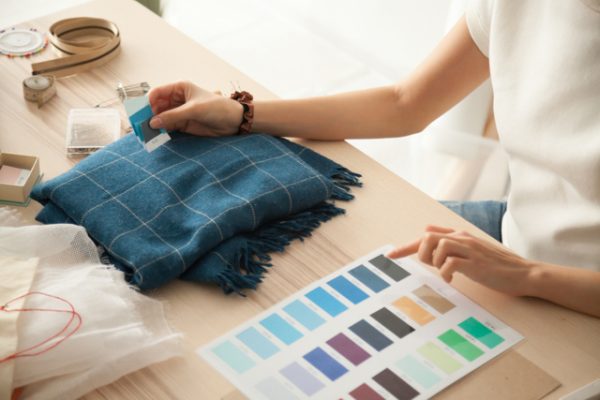
1. Fashion and Apparel
Lab dip serves as the creative palette for designers, allowing them to experiment with an array of colours before deciding on the perfect shade for a new collection.
Whether it’s the soft pastels of spring or the deep, rich tones of fall, lab dips enable designers to capture the essence of trends with precision, ensuring that every garment reflects the desired aesthetic.
2. Home Textiles
When it comes to home textiles, where comfort meets style, lab dips play a crucial role in harmonizing hues. From coordinating bed linens and curtains to complementing throw pillows, lab dips ensure that every element in a living space aligns seamlessly.
The colours chosen through this process not only enhance the visual appeal of homes but also contribute to a sense of cohesion and unity in interior design.
3. Industrial and Technical Textiles
Lab dip isn’t confined to the world of aesthetics alone; it plays a crucial role in industries relying on technical textiles. In sectors such as automotive, medical, and military, where performance and functionality are paramount, lab dips contribute to colour-coding and identification.
This precision ensures that textiles in these industries meet not only visual standards but also serve specific functional purposes, highlighting the versatility and importance of lab dips in diverse applications.
Challenges and Innovations in Lab Dip
Navigating the intricacies of colour formulation and replication poses hurdles that demand both creativity and technological innovation. Let’s delve into the challenges faced in the world of lab dips and explore the cutting-edge innovations that are reshaping the landscape of colour mastery in textiles.
1. Colour Matching Precision
Achieving the exact colour envisioned by designers can be elusive. Variations in fabric composition, dye absorption rates, and environmental conditions during production can lead to subtle colour discrepancies. Striking the perfect balance remains a continuous challenge.
2. Time Constraints
In an industry where speed to market is paramount, the time-consuming nature of the traditional lab dip process can be a bottleneck. Quick turnarounds are often required, and any delays in color approval can impact production schedules significantly.
3. Environmental Impact
Traditional dyeing processes can have substantial environmental consequences. Lab dips, while aiming for precision, must also consider sustainable practices to minimize the ecological footprint of textile production.
Other Key Industry Processes to Understand:
Learn more about colour matching and the different colour systems here:
Why is screen printing still among the most popular printing methods despite technological advancements?
Tips to choose your own brand colour and how it will help your brand take off…
Fabrics are materials made from fibres that are woven, knitted, or bonded together to create a flexible, strong, and durable sheet of material. Here;s a guide to help you identify different fabric materials.
In Summary:
In the realm of fashion and textiles, lab dipping is the silent force that brings colour dreams to life. As we appreciate the kaleidoscope of hues in our wardrobes, let’s also acknowledge the meticulous craftsmanship that happens behind the scenes. Lab dips may be a behind-the-scenes hero, but their impact on the vibrancy and consistency of the fashion world is nothing short of extraordinary.

